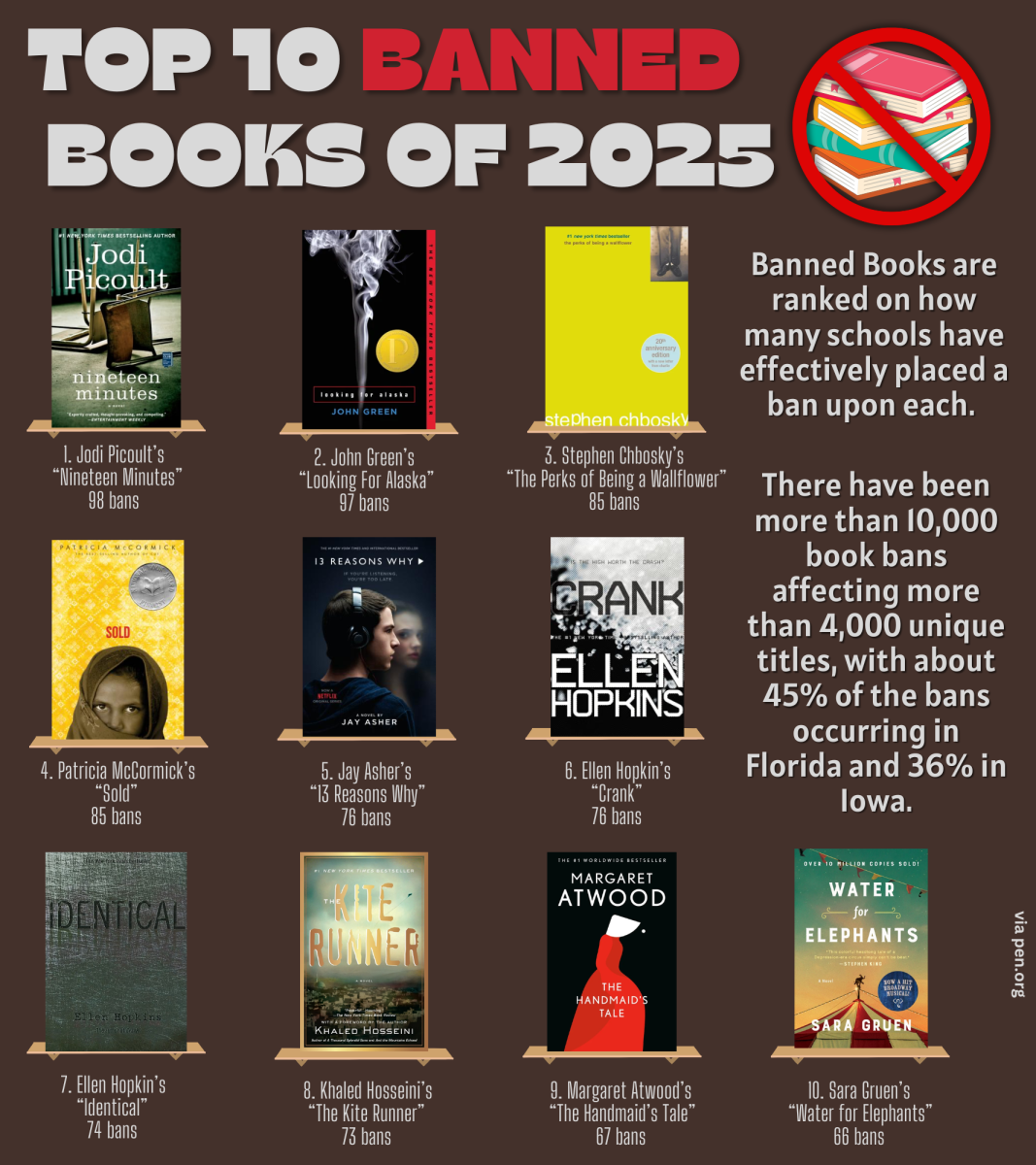Survival horror is a tricky genre to develop for. Immersion is even more important to the genre than it is elsewhere. A single misstep will take players out of the experience, turning a nightmare into nothing more than a mediocre mess. Many games have tried (and failed), to push the envelope in horror.
Horror games are more than just the scares. Gameplay for horror always makes or breaks the video game, and it’s one of the few genres where story can take a backseat in favor of the thrills. One is not only watching the horror unfold, but also interacting with it, eliciting feelings that no other medium can accomplish. But these thrills have diminishing returns, and heavy reliance on them causes players to become acclimated with the fear. To combat this, many games commonly take elements from another genre: strategy games.
Horror, in its own way, is a sub-genre of strategy games. Many horror games focus on resource management, and a failure to conserve items will lead to a natural increase in difficulty. Before entering the next room, players will need a plan of action. Enemies sneaking around a corner cause panic, leading to an irrational decision such as wasting ammo. That ammo wasted could have been used later, increasing difficulty for future encounters, adding more fear to what may come. With this, it is important for developers to introduce new enemies and situations.
Pitting players against unknown creatures in new situations can cause panic and confusion if they are not prepared. Thus, giving players much to do with very little, along with capitalizing on the fear of the unknown, will keep engagement high as they explore the world. A perfect example is the “Resident Evil” series.
The “Resident Evil” series is most known for its resource management. “Resident Evil 7” even re-implemented an old series mechanic: limited saves through single-use items.
This increases the scares even more, as one wrong mistake can erase hours of progress. A monster may lurk around a corner, ready to rob an unprepared player of most of their hit points. A situation like this can leave a player panicking, and sometimes screaming, as they turn to run towards safety. Sweat starts to drip as they sprint towards the safe room, hoping the enemy isn’t close enough to land the finishing blow. These moments highlight the series as a whole. If luck is on their side, they reach safety. As they calm down, they quickly check their resources and assemble a new plan to overcome that monster lurking in the shadows. The series creates tension through not only atmosphere, but through player action as well. In this way, the “Resident Evil” series uses strategy effectively, making it a hallmark horror franchise.
Horror is an extremely versatile genre, and sticking to the same formula will ensure a game becomes stale. The game’s world may be frightening, but it is the way the player goes about playing the game that can truly emphasize the horror. This example puts the onus on the player, creating moments of panic from mistakes and feelings of excitement if a plan is executed well. This keeps players engaged.
Keeping a player’s mind active in this way will keep them hooked, even if they become accustomed to the world. Keeping the players engaged means the difference between a memorable horror game and one that will fade into obscurity.
Mapping Against Mediocrity: Strategy in horror
Written by Steffen Schwarz
March 26, 2020
0
More to Discover













